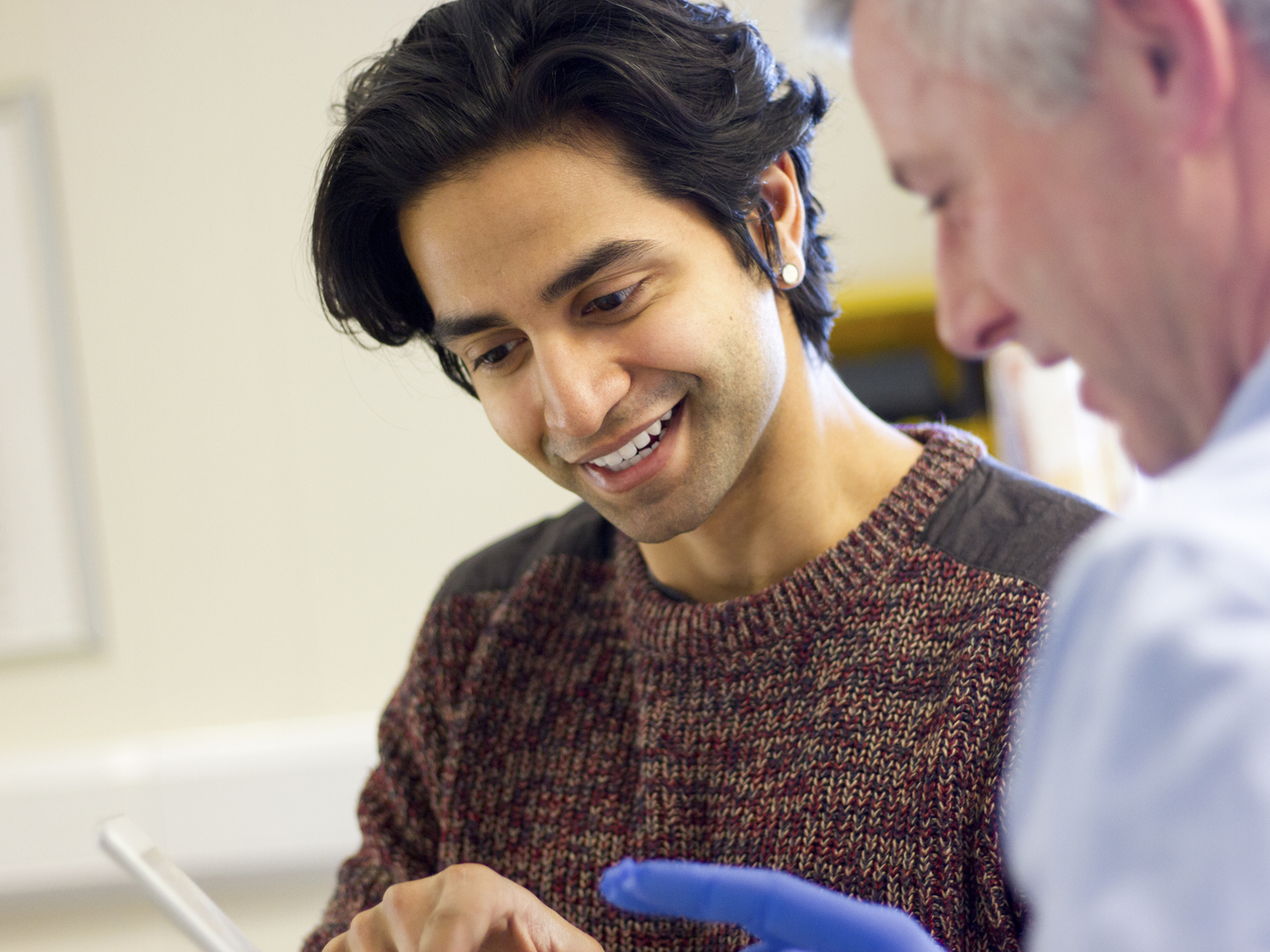Diagnosing Diabetes?
I read that as many as one in four people with diabetes do not know they have the disease. How can you know whether or not you have diabetes?
Andrew Weil, M.D. | April 23, 2015

Some 29 million Americans have diabetes, and according to the U.S. Centers for Disease Control and Prevention, one out of four people who have the disease don’t realize it. There are two reasons for this: 1) many people aren’t being routinely tested; and 2) they don’t know the principal symptoms – increased thirst and urination and fatigue – or do not recognize them as signs of diabetes.
In addition to the number of people with undiagnosed diabetes, an estimated one out of three adults have pre-diabetes – i.e., their bodies have become less responsive to insulin, the hormone that regulates energy production from carbohydrate foods. Of these pre-diabetic people, 15 to 30 percent will develop type 2 diabetes within five years unless they lose weight or become more physically active.
Type 2 diabetes is a metabolic disorder stemming from the body’s inability to properly use or ultimately make enough insulin. It accounts for 90 to 95 percent of all cases of diabetes, and the increasing rate of the disease in recent years stems from the prevalence of obesity and sedentary lifestyles as well as the increasing number of older people in the population.
Type 1 diabetes (sometimes called juvenile diabetes) is an autoimmune disorder that develops most often in children and young adults. In this form, the pancreas produces little or no insulin, which means that affected individuals must take that hormone daily throughout life.
Both types of diabetes can be diagnosed and monitored by a blood test, the glycated hemoglobin (hemoglobin A1C) test. This measures the percentage of blood sugar attached to hemoglobin, the oxygen carrying protein in red blood cells. The higher your blood glucose, the more hemoglobin will have sugar attached. The A1C test indicates average blood sugar levels for the past three months.
The danger of undiagnosed diabetes is that it can lead to a number of serious complications including glaucoma, cataracts and diabetic retinopathy – damage to the retina that is the leading cause of impaired vision in the United States. Other complications include high blood pressure; heart disease (deaths from heart disease among diabetics are two to four times the normal rate); stroke; nerve damage; kidney damage that can require a transplant or regular dialysis to filter the blood; and peripheral arterial disease, a narrowing and blocking of blood vessels in the legs reducing blood flow to the legs and feet. It also increases the risk of heart attack and stroke.
However you look at it, undiagnosed diabetes is a serious matter. Early detection is key to controlling blood sugar and reducing the risks of potentially life-threatening complications.
Andrew Weil, M.D.
Source:
National Diabetes Statistics Report, U.S. Centers for Disease Control and Prevention, http://www.cdc.gov/diabetes/pubs/statsreport14/national-diabetes-report-web.pdf , accessed February 19, 2015










